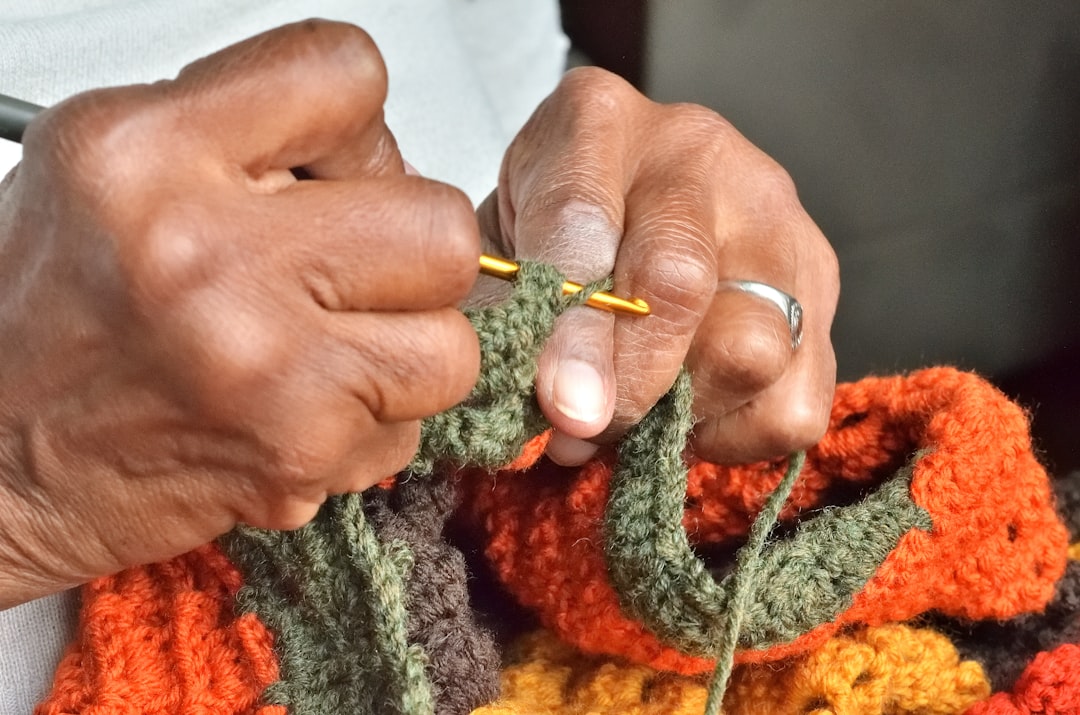The Modern Gym Wear Factory: Mastering Seamless & Compression Technologies for Peak Performance Apparel Manufacturing
The Evolution of Gym Wear Manufacturing: Beyond Basic Fabrics
Gym wear has transcended its utilitarian origins, evolving into sophisticated performance apparel. The modern gym wear factory is a hub of innovation, where textile science meets advanced manufacturing to create garments that are not just comfortable but actively support athletic endeavors. This evolution is largely thanks to breakthroughs in seamless and compression technologies, which have reshaped how activewear is designed, produced, and experienced.
The Core of Modern Gym Wear: Technology-Driven Fabrics
At the heart of high-performance gym wear are specialized fabrics engineered for specific attributes. Manufacturers today meticulously select materials that offer elasticity, moisture-wicking capabilities, durability, and breathability. Common choices include blends of spandex, nylon, and polyester, which provide the necessary stretch and recovery for active use.
Beyond basic blends, the industry is increasingly incorporating smart fabrics. These innovative textiles can monitor biometric data, regulate temperature, or even adjust to body movements, signifying a future where clothing actively participates in health and fitness tracking.
Seamless Technology: A Game-Changer for Comfort and Fit
Seamless technology is a revolutionary manufacturing process that produces garments in a single, continuous piece using advanced circular knitting machines. This eliminates the need for traditional cut-and-sew methods, eradicating irritating seams that can cause chafing and discomfort during workouts.
This method results in apparel that feels like a 'second skin' due to its enhanced comfort and superior fit. The absence of seams also allows for greater stretch and flexibility, making seamless gym wear ideal for a wide range of activities, from yoga to high-intensity interval training. Moreover, seamless production enables intricate designs, varied textures, and strategically placed ventilation zones to be integrated directly into the fabric, offering unprecedented design flexibility.

A modern seamless knitting machine, the heart of seamless gym wear production.
Compression Technology: Enhancing Performance and Recovery
Compression garments are designed using stretchable fabrics that apply continuous, targeted pressure to specific muscle groups. This pressure supports muscles, reduces vibration and fatigue, and is proven to improve blood circulation, accelerate recovery, and potentially enhance athletic performance.
Factories achieve various levels of compression by adjusting fabric structure, using special elastomeric yarns, or modifying knitting constructions. While some compression wear is still made using traditional cut-and-sew methods, seamless knitting is increasingly employed for high-compression items like medical stockings due to its ability to precisely control pressure zones.
Advanced Material Science: The Foundation of High-Performance Apparel
The choice of material is paramount in gym wear manufacturing. Beyond foundational blends, factories leverage cutting-edge fibers with properties like advanced moisture-wicking to keep athletes dry, quick-drying capabilities, and anti-odor treatments. Four-way stretch fabrics are crucial for unrestricted movement, while technologies like UV protection are integrated for outdoor activewear.
Future innovations are geared towards smart textiles that can do more than just wick sweat, monitoring vital signs and integrating with wearable tech.
Design and Innovation: Crafting the Perfect Gym Wear
Modern gym wear factories are not just production facilities; they are innovation hubs. This involves extensive research and development to create ergonomic designs that conform to the body's natural contours. Techniques like 3D body scanning and digital sampling are employed to create precise patterns and prototypes, reducing time-to-market and ensuring optimal fit and functionality.
This focus on design allows for the strategic placement of features such as mesh panels for breathability, reinforced areas for support, and varying compression levels within a single garment, tailored to specific athletic needs.
The Manufacturing Process: From Yarn to Garment
The journey of gym wear from concept to finished product is a complex, multi-stage process:
- Yarn Sourcing & Preparation: High-quality elastic and performance yarns are selected.
- Knitting/Cutting & Sewing: For seamless garments, yarns are fed directly into circular knitting machines to form the garment shape. For cut & sew items, fabrics are cut precisely according to patterns.
- Assembly (for cut & sew): Panels are sewn together using advanced sewing technology for precision and durability.
- Dyeing & Finishing: Garments are dyed and treated to achieve desired colors, textures, and performance properties (e.g., moisture-wicking).
- Boarding/Shaping: Garments are shaped and finished to ensure correct dimensions and appearance.
- Quality Control & Packaging: Rigorous checks ensure consistency and adherence to standards before packaging.
Quality Control: Ensuring Excellence in Every Stitch
Quality is non-negotiable in gym wear manufacturing, especially for highly technical seamless and compression garments. Factories implement stringent quality control measures at every stage, from material inspection to final product assessment.
This includes testing for elasticity, recovery, compression levels, durability, colorfastness, and overall structural integrity. Automated inspection systems, sometimes AI-driven, are used to detect flaws with high accuracy, far surpassing manual checks.
Sustainability in Gym Wear Production: A Growing Imperative
Modern gym wear factories are increasingly prioritizing sustainable manufacturing practices. This includes utilizing eco-friendly materials like recycled polyester and organic cotton, implementing water-saving dyeing techniques, and developing zero-waste cutting patterns.
Seamless knitting inherently reduces fabric waste significantly compared to traditional methods, making it a more environmentally friendly option. Factories are also adopting closed-loop systems and ethical sourcing to minimize their environmental footprint and align with consumer demands for responsible production.
Key Capabilities of a Leading Gym Wear Factory
Successful gym wear factories boast a range of critical capabilities:
| Capability | Description |
|---|---|
| Advanced Machinery | State-of-the-art seamless knitting machines and precision sewing equipment. |
| R&D & Design Team | Expertise in material science, ergonomic design, 3D body mapping, and pattern development. |
| Quality Assurance | Comprehensive testing for performance, durability, and safety, often leveraging automated systems. |
| Sustainable Practices | Commitment to eco-friendly materials, waste reduction, and ethical manufacturing. |
| Supply Chain Mastery | Access to reliable, high-quality fabric suppliers and efficient logistics. |
| Customization & Scale | Ability to offer tailored designs, private labeling, and manage production from small MOQs to large-scale orders. |
The Future of Gym Wear Manufacturing: Trends and Innovations
The future of gym wear manufacturing promises even more integration of technology and sustainability. Trends include the continued rise of smart textiles capable of real-time monitoring , further advancements in 3D knitting for hyper-customization and zero-waste production , and the adoption of AI and machine learning for design optimization and production efficiency.
Wearable technology will increasingly be part of the garment itself, transforming clothing into active partners in health and fitness. Circular fashion, where garments are designed for recyclability or composting, will also become mainstream, pushing factories toward even more sustainable and regenerative practices.
Partnering with a Modern Gym Wear Factory: What to Look For
For brands looking to develop high-quality, innovative gym wear, selecting the right manufacturing partner is crucial. Look for factories that demonstrate a deep understanding of seamless and compression technologies, invest in advanced machinery and R&D, prioritize quality control, and show a clear commitment to sustainability.
A partner with strong communication, flexibility for customization, and the ability to scale production will provide a significant competitive advantage in the fast-paced activewear market.





